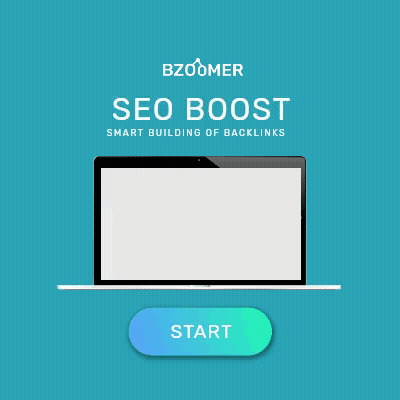In the digital era, the concept of shopping has undergone a significant transformation, evolving from traditional brick-and-mortar stores to the vast, boundless expanse of the online marketplace. Online shopping, a phenomenon that has reshaped the retail landscape, offers a plethora of advantages, including convenience, variety, and often, better prices. This article delves into the evolution of online shopping, its impact on consumers and retailers, the challenges it faces, and a glimpse into its future trajectory.
The Evolution of Online Shopping
The inception of online shopping can be traced back to the late 20th century, with the launch of websites like Amazon and eBay in the mid-1990s. These platforms revolutionized the retail sector by allowing users to purchase a wide range of products from the comfort of their homes. Since then, the sector has seen exponential growth, fueled by advancements in technology and the increasing accessibility of the internet.
The proliferation of smartphones and the advent of mobile commerce have further augmented the reach and convenience of online shopping. Today, consumers can make purchases anytime, anywhere, with just a few clicks on their mobile devices.
Impact on Consumers and Retailers
For Consumers
The primary advantage of online shopping for consumers is convenience. Shoppers can browse products, compare prices, read reviews, and make purchases at any hour of the day without the need to physically visit a store. The global marketplace offers an unparalleled variety of products, catering to niche interests and preferences that might not be available locally.
Additionally, the competitive nature of the online marketplace often leads to better deals and discounts for consumers, along with personalized shopping experiences through AI and machine learning algorithms.
For Retailers
For retailers, the shift towards online shopping has opened new avenues for growth and expansion. E-commerce allows businesses to reach a wider audience, reduce overhead costs, and gather valuable data on consumer behavior. However, it also presents challenges, such as the need for efficient logistics, the pressure of online competition, and the expectation of instant customer service.
Challenges and Considerations
Despite its advantages, online shopping is not without its challenges. Issues such as privacy concerns, cyber security threats, and the environmental impact of increased packaging and transportation have emerged. Additionally, the convenience of online shopping has contributed to the decline of traditional retail spaces, altering the economic landscape of local communities.
Another significant consideration is the digital divide. While online shopping offers increased accessibility, it also highlights the gap between those who have internet access and those who do not, potentially exacerbating social inequalities.
The Future of Online Shopping
Looking ahead, the future of online shopping appears to be intertwined with advancements in technology. Augmented reality (AR) and virtual reality (VR) are poised to offer more immersive shopping experiences, allowing consumers to try products virtually before making a purchase. Meanwhile, the integration of artificial intelligence will continue to refine personalization, making each shopping experience unique to the individual consumer.
Sustainability is also becoming a focal point, with consumers and businesses alike seeking eco-friendlier packaging options and more efficient logistics to minimize the environmental footprint of online shopping.
Online shopping has indelibly changed the way we buy and sell goods, offering unprecedented convenience and choice. As we navigate the challenges and opportunities presented by this digital marketplace, the focus will increasingly be on creating sustainable, inclusive, and innovative shopping experiences that cater to the evolving needs and values of consumers worldwide. The journey of online shopping is far from complete, and its continued evolution will undoubtedly shape the retail landscape for years to come.


